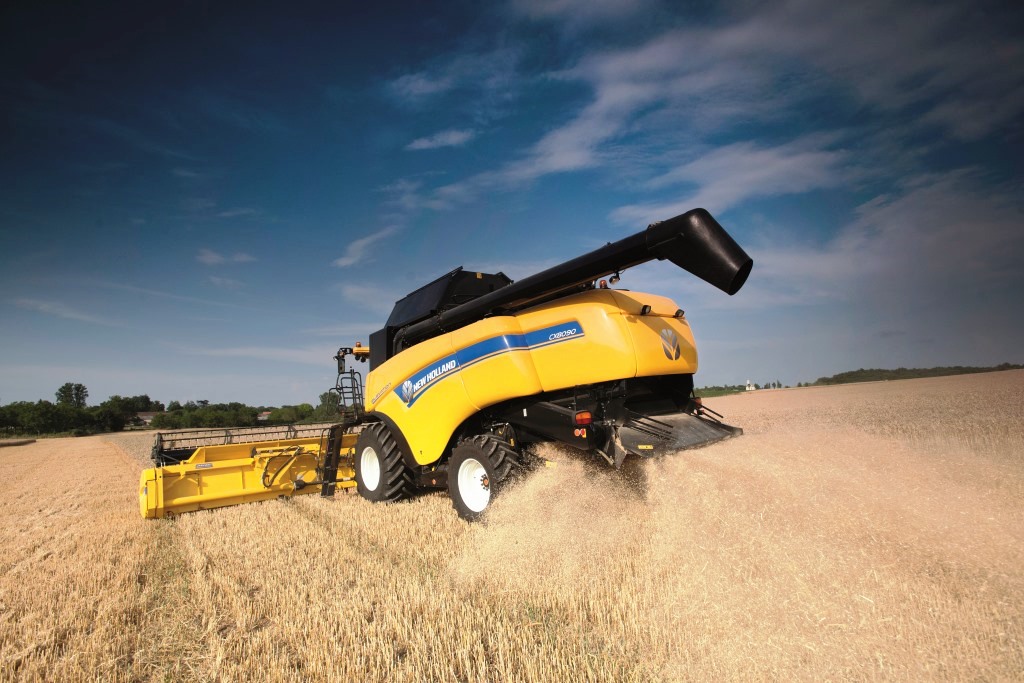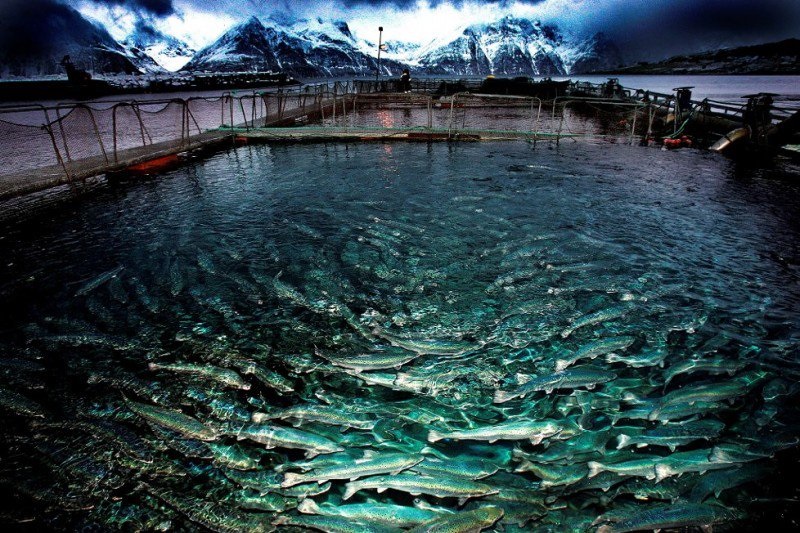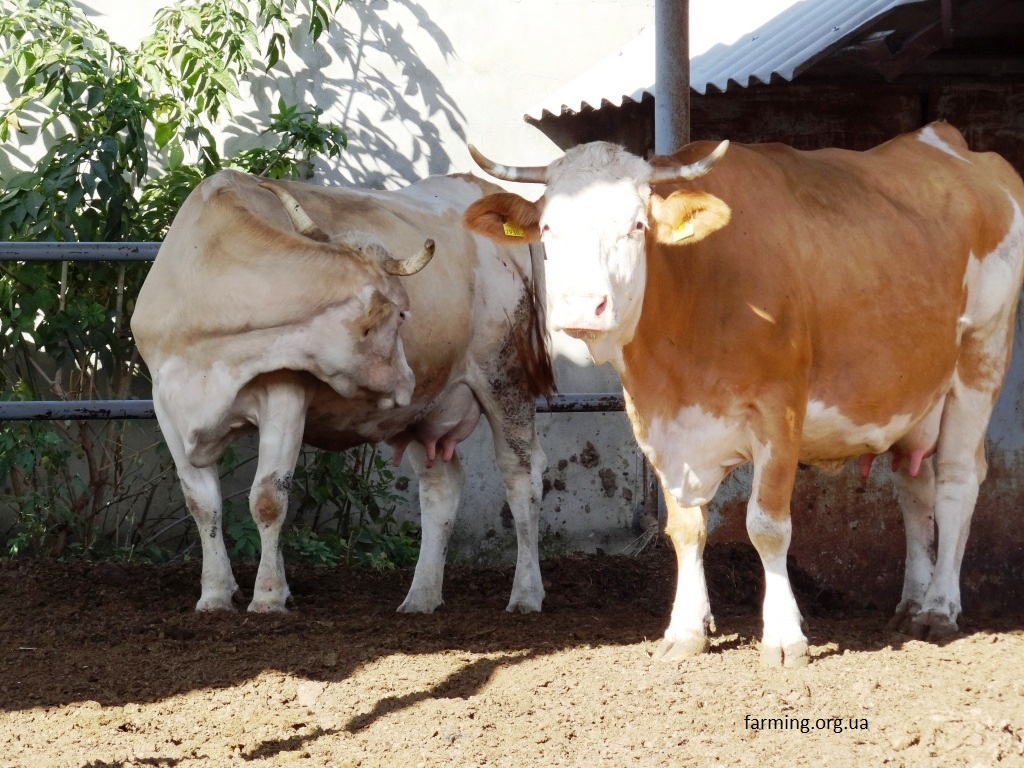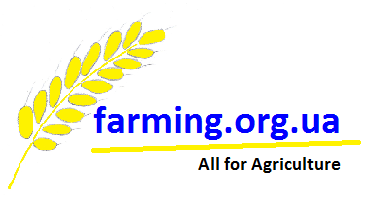|
|
Yield
agriculture, what is yield in agriculture and aquaculture?
Dr. Oleksii Orlov,
PhD

What is yield in agriculture and aquaculture?
In agriculture and
aquaculture, yield is a measure of the amount of any useful product such
as grain, forage, fruits, vegetables, wool, fish or seafood, meat or
milk produced per unit of land / area or water area in aquaculture.

How calculate yield in aquaculture?
In aquaculture, the yield per area is usually calculated, as well as the
volume of water (when growing fish in tanks with water) or the total
yield from the farm
Innovations such as
the use of fertilizers, better agricultural machinery and equipment, new
farming methods and better crop varieties and breeds increase yields.
The higher the yield
and the more intensive the use of agricultural land, the higher the
productivity and profitability of the farm; this increases the
well-being of farming families.
Surplus yields in
excess of subsistence farming requirements can be sale.
The more grain or
fodder a farmer can produce, the more draft animals such as horses and
oxen can be kept and harnessed for work and manure production.
Higher yields also
mean fewer labor is required on the farm, freeing them up for industry
and commerce.
Why is yield important in
farming?
Yield level
is very important for farming, because the yield determines how much
product is produced per unit of area. The more
yield
you can get from a unit of area, the greater the total food production!
The lower the cost of money per unit area and the higher the yield, the
higher the productivity of the farmer!
How do you calculate yield
in agriculture?
Yields today are measured in kilograms per hectare
(kg / ha) or bushels per acre (bu/ac).
For convert bu/ac to
kg/ha it is possible using
online services.
Crops yields in the
United Kingdom were around 500 kg / ha in the Middle Ages, jumped to
2000 kg / ha during the Industrial Revolution and rose again to 8000 kg
/ ha during the Green Revolution. Every technological advance that
increases yields also reduces a society's ecological footprint (by
Wikipedia
data).
How yields differ between
different farmers?
The yield depends on
many factors: subjective and objective. And also from the methods of
doing agricultural business with different farmers.

A good farmer,
thanks to his knowledge and the help of our consulting service, can get
a yield that is significantly larger and at a lower cost compared to
other farmers! Contact
us now for a bigger yields!
Yield records
For example, a yield record for 2021:
-
corn - 41.1 t /
ha or 616.2 bushels per acre
-
wheat - 17.398 t
/ ha
-
Yield
and affected factors
Yield is influenced
by all plant growth factors - biotic and abiotic: light, heat, soil and
nutrients, air, water, space for growth, the presence of pests, diseases
and weeds, human care.

In milk farming
yield estimated by milk yield by one cow
How to increase yields?
If the plants, fish,
shellfish, poultry or agricultural animals are in favorable conditions
and grow stress-free, only in this case the yield will be maximized. A
good professional must determine what factors are limiting the yield and
make sure that plants or other cultivated organisms are in optimal
conditions - only then can you increase the yield!
For increasing of
yields a
technical audit should be carried out
to determine the factors limiting the yield and their combination with
local production conditions!
Yields
and farming profitability
How yield affects
farm profits? Yield is related to farming
productivity, but is not synonymous.
Farming
productivity is measured in money per unit of land of per unit of
product, but yield is measured in terms of the weight of
the crop or product produced per unit of land
or area.
A
farmer may invest a large amount of money to increase yields by a few
percent, for example, with extremely expensive fertilizers and chemicals,
but if this cost is so high that it does not give a comparative return
on investment, his profit is reduced, and in this case, higher yields
can mean more low agricultural productivity. Yield is a partial measure
of financial productivity and efficiency because it may not accurately
measure the actual productivity of a farm if all oher factors of
production are not considered.
How is yield measured?
For calculation of
the yield, you need to weigh the yield per unit area. Also yield
estimated by:
-
by standard
harvesting moisture (for grain it 14%)
-
absolutely dry
matter content
-
useful product
in yield (for example oil content in olives or sunflower seeds,
protein content in soybeans)
Contact us now for
consulting
and
support for record yields
obtaining!
Contact us for consulting
and creation of profitable projects!
We guarantee the best
quality of services!
Disclaimer
© Agricultural Consulting
Service. Technical audit of agribusiness. Agricultural business projects and
agricultural companies turnkey. Consulting services for agriculture,
aquaculture, natural resources, environment, safe energy in industry and
home construction. Increasing the
profitability of business, obtaining additional profits
|
|


